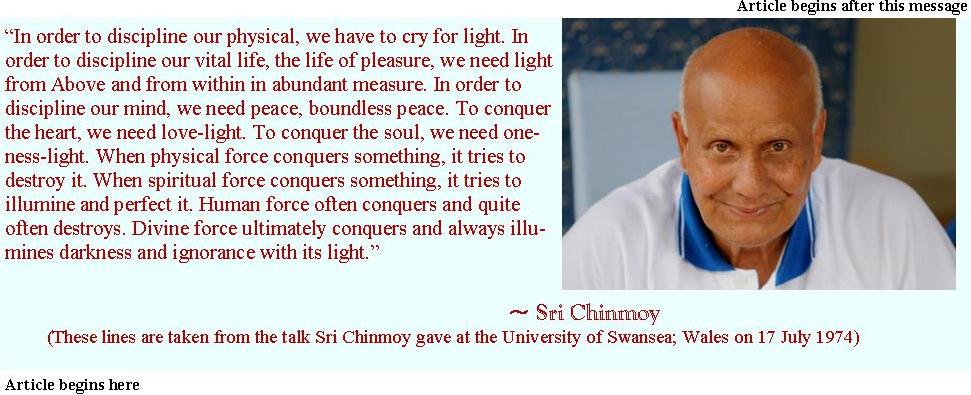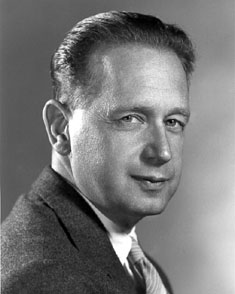
‘Markings’ is Dag Hammarskjold’s private journal. It was found in his New York apartment on a bedside table. This journal was written in Swedish and the title on the front page was ‘Vagmarken’, which translated into English means ‘Trail Marks’. In one of his journal entries, Hammarskjold provides an interpretation of the origin and intention of his writing. He said: ‘These notes? – They were signposts you begin to set up after you had reached a point where you needed them, a fixed point that was on no account to be lost sight of’. Dusen explains, “The figure is from Hammarskjold’s experience in climbing…They were recorded to provide guidance for the author should he pass that way again.”(1) Hammarskjold also described his journal as “a sort of white book concerning my negotiations with myself – and with God.”(2) When publishing the English translation of this journal, the title ‘Trail Marks’ was modified to ‘Markings’. Markings was published in 1963, first in Swedish and a year later in English.
Markings contain a little over six hundred individual ‘notes’, These notes are of varying length, anywhere from a single phrase to a page and a half at most. Most of these notes were written in prose and some in blank verse. Towards the end of the journal the form of the notes was similar to that of the Japanese haiku. Commenting on the nature of these notes Dusen writes,” the collection in its entirety treating of the whole gamut of themes which claimed his interest – from delight in natural beauty and excitement in hazardous sport to merciless scrutiny of interior motives, from caustic exposure of unreality and hypocrisy in others’ conduct to unflinching confession of his own inconsistency and self-concern, from direct comment upon events of world import to a charming ‘Elegy’ on the death of a pet monkey. And yet, with all the wide sweep and variety of these meditations, they are held in unity by two dominant objectives: the achievement of absolute self-honesty and of a life-commanding faith.”(3) According to Roger these notes “revealed a person whom scarcely anyone had known: a religious seeker taking his lead from Albert Schweitzer for ethics and from medieval Christian mystics for the conduct and direction of inner life. He proved to be Pascal-like in his critique of self and society, Montaigne-like in his questioning, Augustine-like in his need and willingness to chronicle his hard journey.”(4)
Sometime in 1925 as a student of Uppsala University, Hammarskjold got into the habit of writing down brief notes often in prose and sometimes in the form of poetic free verse. These notes were written with the intention of going back to them in future and reflecting on them. Even in his early twenties when he was highly successful as a student, the thoughts he expressed in these private notes were that of an earnest spiritual seeker trying to fathom the depths of his own existence and his true mission in life. For instance a couple of his earliest entries are as follows:
“Smiling, sincere, incorruptible –
His body disciplined and limber.
A man who had become what he could,
And was what he was –
Ready at any moment to gather everything
Into one simple sacrifice”.
*
“Tomorrow we shall meet,
Death and I –
And he shall thrust his sword
Into one who is wide awake.”
*
“At every moment you choose yourself. But do you choose your self? Body and soul contain a thousand possibilities out of which you can build many I’s. But in only one of them is there a congruence of the elector and the elected. Only one – which you will never find until you have excluded all those superficial and fleeting possibilities of being and doing with which you toy, out of curiosity or wonder or greed, and which hinder you from casting anchor in the experience of the mystery of life, and the consciousness of the talent entrusted to you which is your I”.
*
Later in life when he was working at the United Nations Hammarskjold travelled all over the world from the Middle East to Far East to Africa. In his travels he met people who were deep thinkers and intellectuals of high caliber. It is through these interactions that he was introduced to the culture, literature and spirituality of these non-Western nations. This immensely broadened his spiritual views. He was influenced by early Chinese classics, Buddhism, the Bhagavad Gita, Judaism, and Sufi poets such as Rumi. These influences are reflected in some of his journal entries.
On days that were of importance to him in his private life such as his own birthday (July 29), Christmas, Lent, Good Friday, Easter, and Whitsunday, year-end and New Year, Hammarskjold turned to inner reflection and this he expressed in his journal notes. For instance on New Year’s Eve for the year 1950 he quotes a line from the final stanza of a Swedish hymn:
‘How vain the worldling’s pomp and show,
How brief his joys and pleasures!
The night approaches now, and lo!
We leave all earthly treasures.’
Then in the year 1953, probably on New Year ’s Day, Hammarskjold once again quotes from a Swedish hymn:
‘For all that has been – Thanks!
To all that shall be – Yes!’
It also becomes clear from the journal that during Hammarskjold‘s time both in Swedish government service and his service at the UN, the journal entries were a direct reaction to specific events in his public career. An entry in Markings sometime in 1952 reads, “‘Only he deserves power who everyday justifies it’. This was a concern that remained with Hammarskjold, recurring in still richer form in 1955, some two years into his service as secretary-general: ‘Your position never gives you the right to command. It only imposes on you the duty of so living your life that others can receive your orders without being humiliated’”.(5)
Of Hammarskjold‘s ‘Markings’ Dusen draws a breathtakingly insightful conclusion, “Indeed, beyond its astonishing intrinsic worth, just here lies the marvel of this work – that reflections on life and destiny, fate and faith, which would merit enduring recognition had they issued from monastic retreat and prolonged meditation, were, in fact, hammered out during the contemporary world’s most urgent business… Hammarskjold himself declares the secret: ‘In our era, the road to holiness necessarily passes through the world of action’.(7)His life is the proof. His ‘Road Marks’ are the evidence.”(6)
References:
1) DAG HAMMARSKJOLD The Statesman and His Faith, H. P. Van Dusen, Harper & Row, 1967, Pg. 33
2) Hammarskjold A Life, Roger Lipsey, University of Michigan 2013, Pg. 8
3) DAG HAMMARSKJOLD The Statesman and His Faith, H. P. Van Dusen, Harper & Row, 1967, Pg. 32
4) Hammarskjold A Life, Roger Lipsey, University of Michigan 2013, Pg. Xi
5) Hammarskjold A Life, Roger Lipsey, University of Michigan 2013, Pg. 82
6) DAG HAMMARSKJOLD The Statesman and His Faith, H. P. Van Dusen, Harper & Row, 1967, Pg. 37
7) Markings, p 122, year end, 1955



Comments are closed.